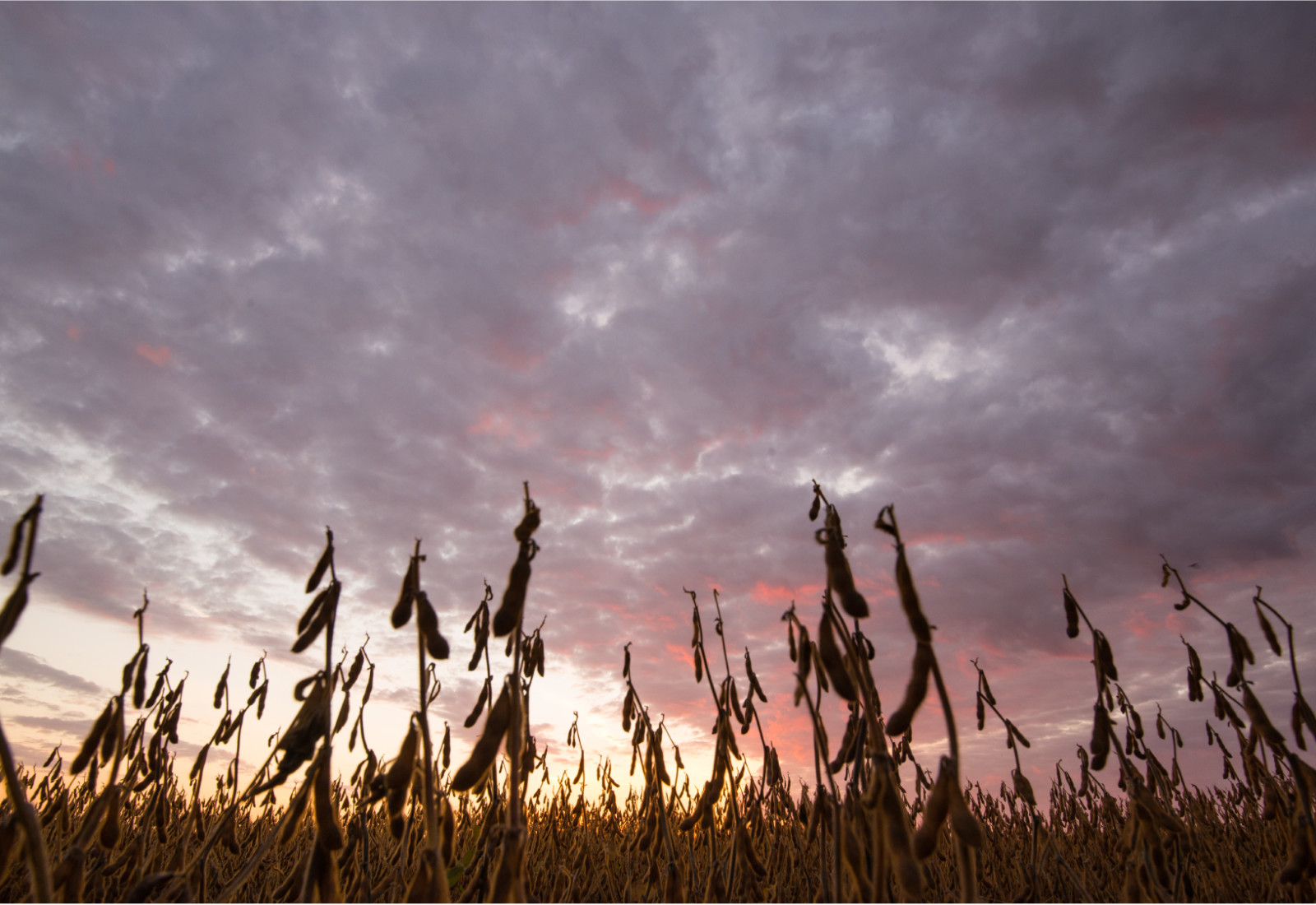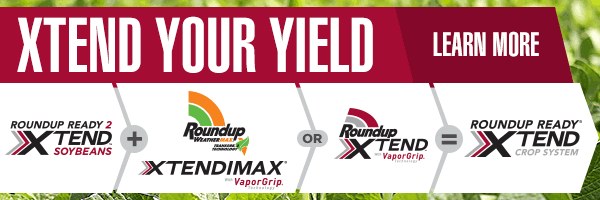Why Worry? Harvest Tips to Lessen your Stress

Written by Geoff Geddes
For soybean farmers, a stress-free harvest is rarer than a snow-free winter. By covering all your bases, though, you can fret less and yield more at this critical time.
“Harvest can be stressful because soybeans are a warm weather crop that likes a good amount of moisture,” said Dale Risula, provincial specialist in the Crops and Irrigation Branch, Ministry of Agriculture with the Government of Saskatchewan. “The ideal timing of that moisture to gain a yield advantage is late July to early August, but most of our rain falls in June.”
In terms of proper moisture levels, harvest can begin at under 20 per cent moisture, and 12-13 per cent is optimal for storage. Soybeans can be aerated or dried, but overheating can be detrimental. If they are dried too much or too quickly, they’ll dry down and lose weight, which means a drop in value.
A frosty reception
As soybeans are late maturing, frost can be an issue. During the R6.5 – R7 stage, however, frost damage will be reduced.
“When the leaves start to fall and there are many pods rattling when you shake the plant, beans are mature and no longer prone to frost damage,” said Risula. “Soybeans can withstand a bit of frost at R6 – R7, but anything significant can lead to more green seeds and, if substantial, will result in downgrading.”
Speed kills
Generally speaking, harvest losses during combining should not be more than 5 per cent.
“There can be various external losses through pre-harvest or from separation, but header losses tend to be the most significant. It usually happens because the reel bar is going too fast or set too far forward in front of the combine. When conditions are especially dry, reel speed should be set no higher than 25 per cent faster than the combine speed. Also, some work by PAMI (Prairie Agricultural Machinery Institute) showed that operating speed can affect losses, with speeds over 4 miles/hour decreasing yield by 32 per cent.”
Farmers are only as good as their equipment, so reaching your harvest goal means ensuring knives and guards are in the proper condition to cut low and at a decent speed. “Usually pods are pretty easy to clean out, but check the back of the truck, confirm that there aren’t too many pods in there and make adjustments if needed,” said Dennis Lange, industry development specialist – pulses, Primary Agriculture Branch with Manitoba Agriculture.
For storage, make sure you don’t have a lot of pods in your samples. If producers are pushing things a bit in the field, they may end up with more pods and encounter storage issues as a result.
While pre-harvest attention to detail is a must, don’t overlook the value of post-harvest checks to help with next year.
“If you have time, it’s a good idea to go out after harvest and do stand counts to see what you ended up with and relate it back to yield,” said Lange. “That tells you how well your seeding equipment is performing.”



